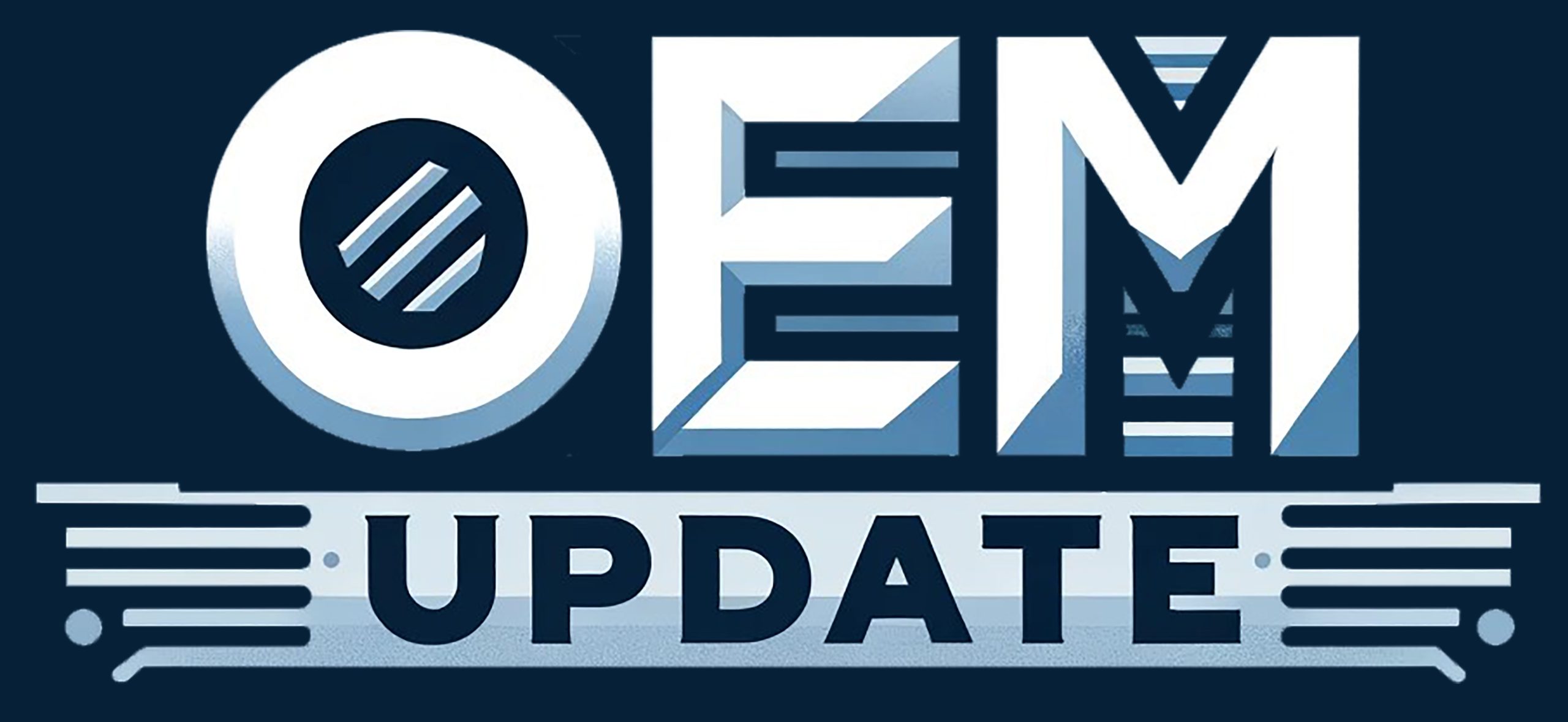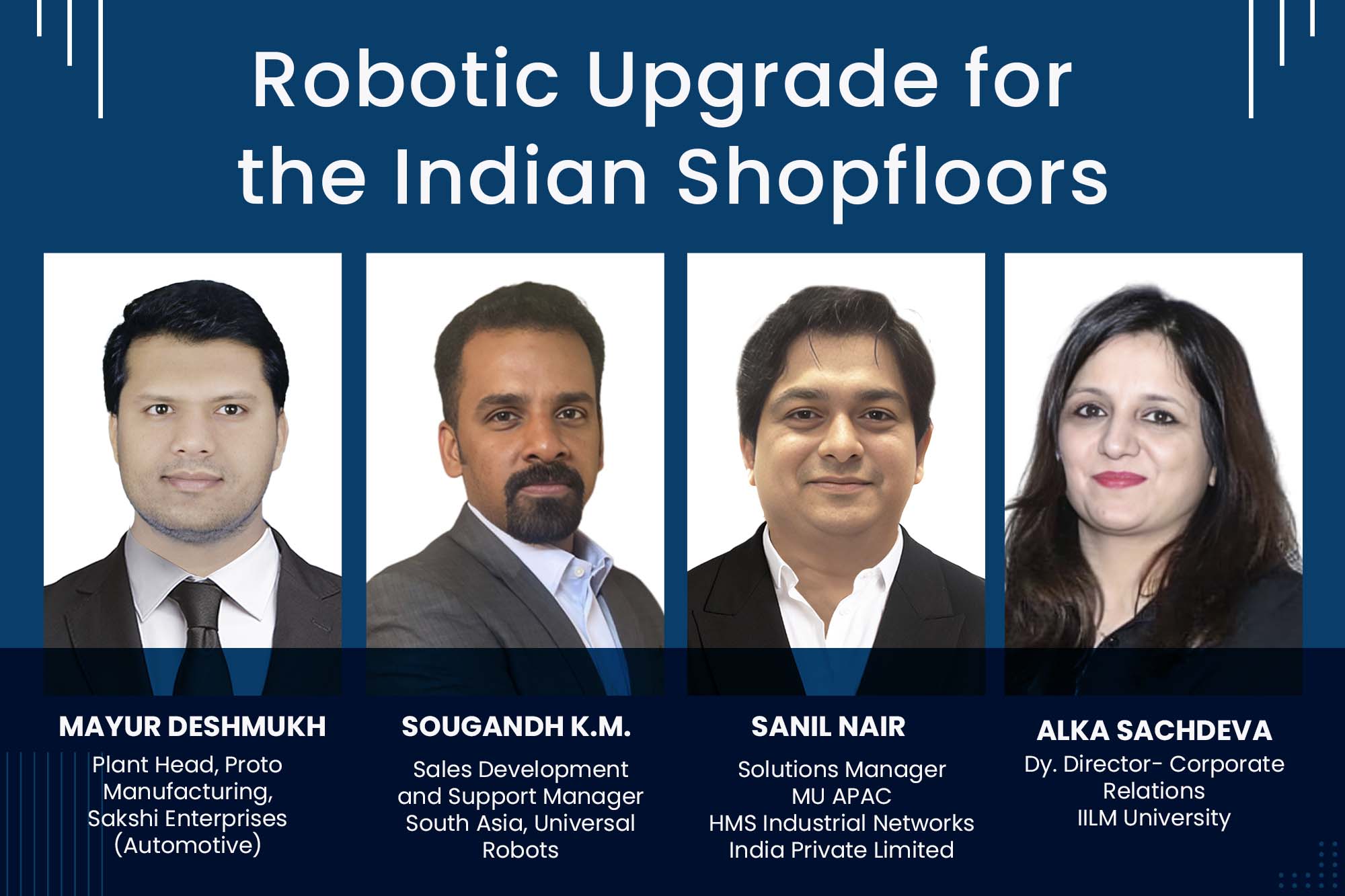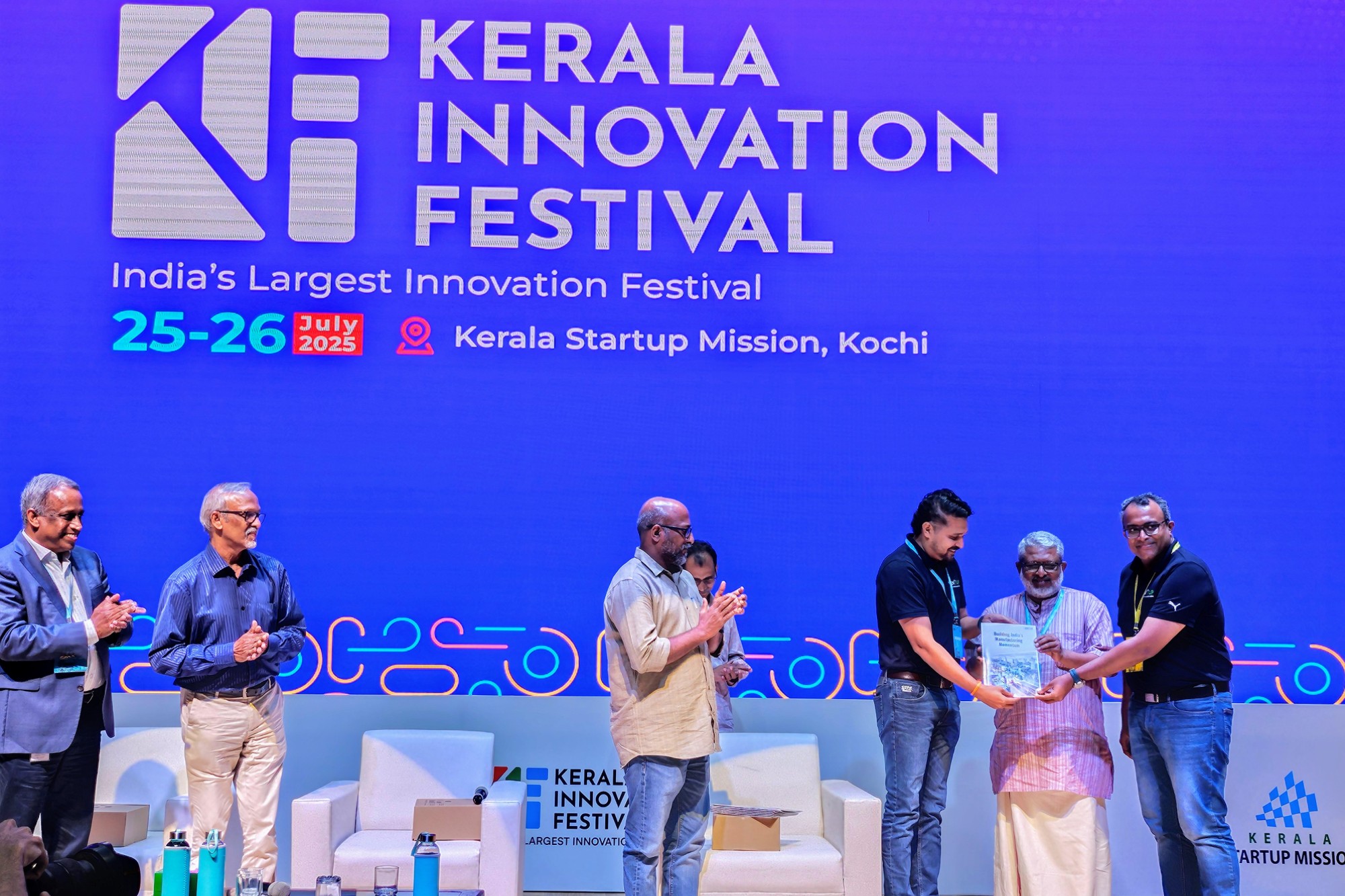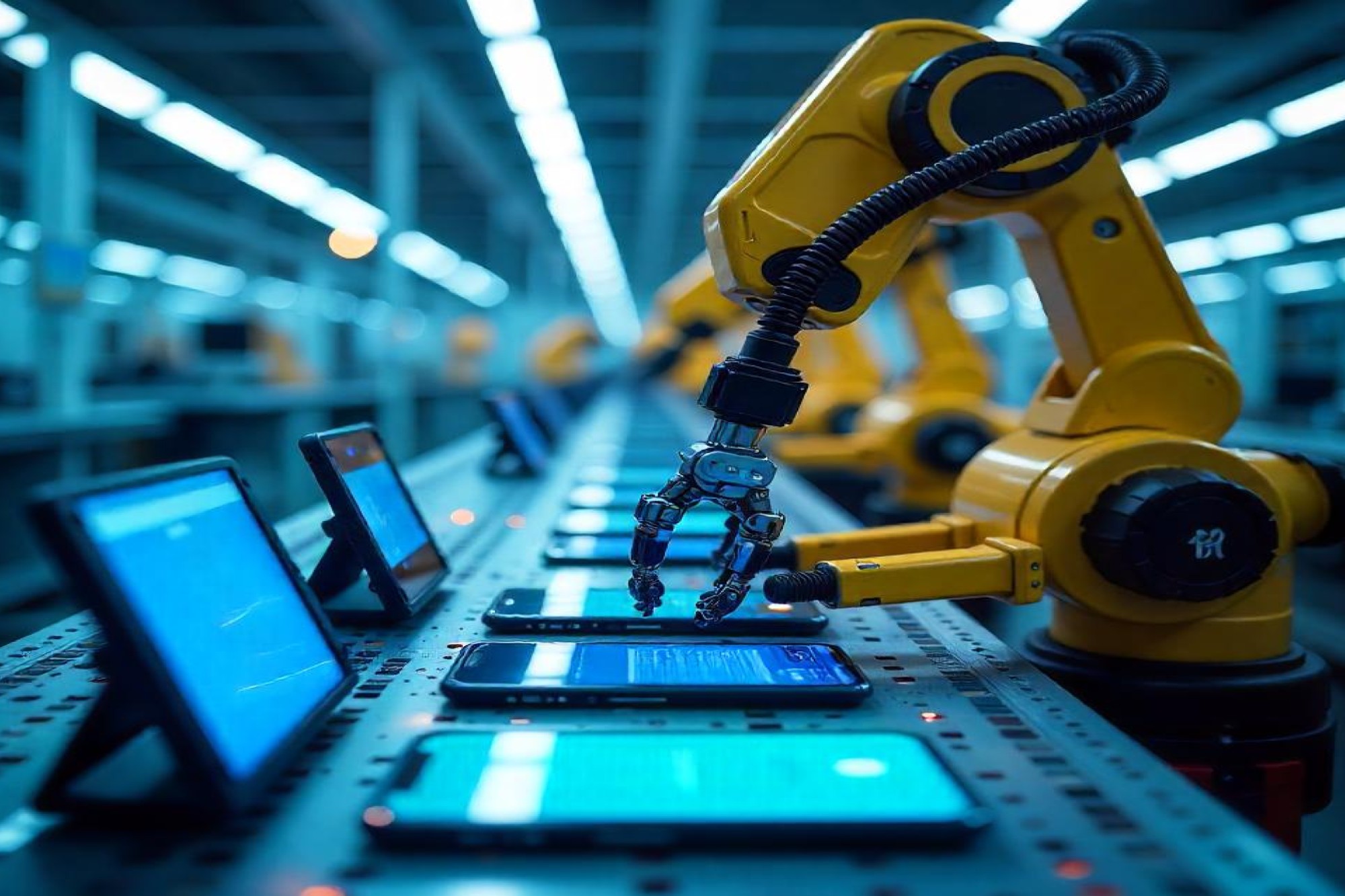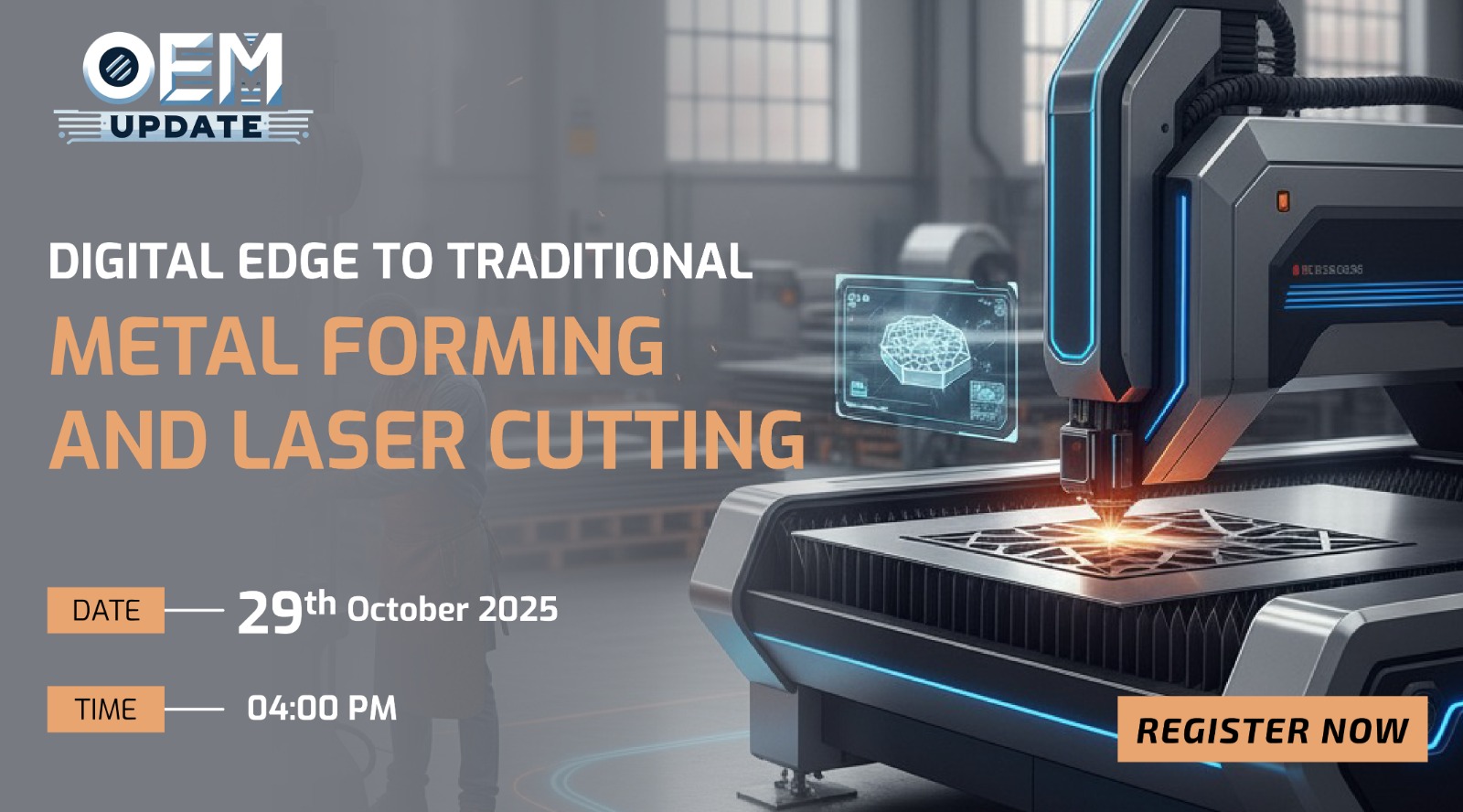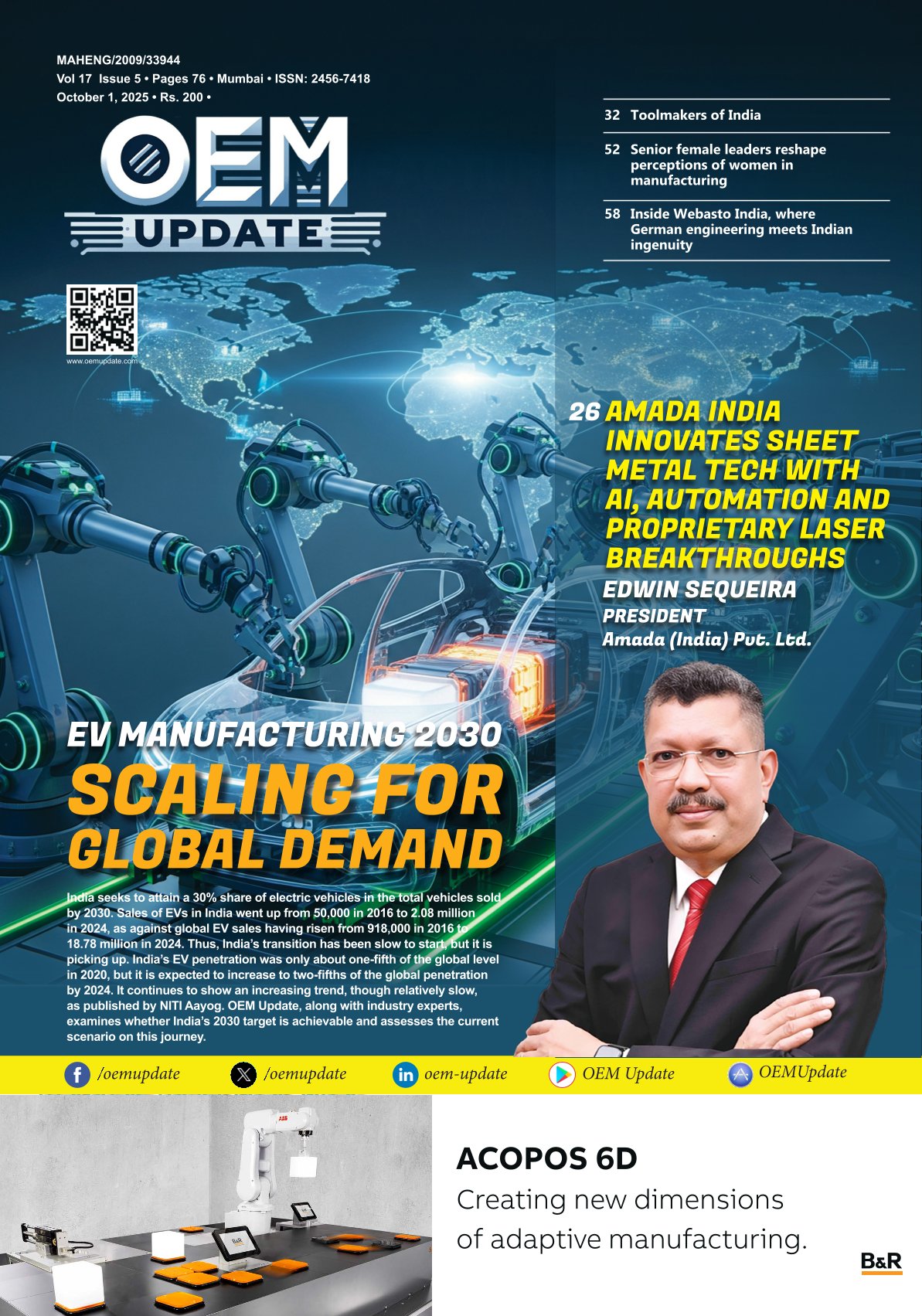Parts, Components and Prototyping
By Staff Report July 1, 2025 5:15 pm IST
When customers place an order, businesses must fulfil it despite market volatility and supply chain disruptions. The timely procurement of parts, the reduction of material waste, and the need for faster product iterations have become critical priorities. This is where the saying “necessity is the mother of invention” proves to be true. The urgent demand for efficient and flexible production has led to advancements in additive manufacturing, 3D printing, and rapid prototyping.
From personalised hearing aids to aerospace-grade components, these technologies are quietly transforming how industries design, prototype, and manufacture products. This feature explores India’s evolving 3D printing ecosystem and its impact on supply chains, sustainability, and industrial innovation.
This would be one of the most understated yet powerful revolutions in modern manufacturing when the entire global hearing aid industry transitioned to 3D printing within just 500 days. It began in the early 2000s when manufacturers realised they could no longer rely on slow, labour-intensive methods to produce comfortable, custom-fit devices for millions of users.
3D scanning and additive manufacturing have helped companies now produce personalised hearing aids, perfectly moulded to the contours of each patient’s ear, in a matter of hours. Using technologies like stereolithography (SLA) and digital light processing (DLP), the production process became faster, more precise, and significantly more scalable. Today, over 95% of all hearing aids worldwide are 3D printed, marking one of the first and most complete digital manufacturing transformations of any industry.
The spirit of reinvention is now seeping into other sectors as well, from aerospace and EVs to healthcare and tooling. Agile, intelligent, and localised prototyping is reshaping how parts and components are imagined and delivered.
Surge in 3D Printing Demand
The demand for 3D printing, prototyping, and additive manufacturing in India increased due to several converging factors. The push for self-reliance under the Make in India initiative heightened the need for rapid and cost-effective product development. 3D printing enables faster prototyping, allowing companies to test, iterate, and launch products without the high costs and long lead times associated with traditional manufacturing. This has particularly benefited startups and MSMEs across various sectors, including automotive, aerospace, electronics, and healthcare.
Secondly, advancements in materials, machine accessibility, and local service bureaus have made additive manufacturing more viable and scalable. As awareness of its benefits, such as reduced material waste, design flexibility, and the feasibility of low-volume production, increases, industries are integrating 3D printing into their R&D and production processes.
Additionally, healthcare and dentistry sectors are adopting 3D printing for patient-specific solutions, while educational and research institutions are improving their innovation capacity. The pandemic also underscored the need for localised and on-demand manufacturing, further validating the role of 3D printing in resilient supply chains.
Geopolitical changes impact raw materials availability. As a result, manufacturers need strategies for part design, effective nesting, and recycling unused powders where possible. Local sourcing of materials is becoming a critical factor in ensuring cost-effectiveness and stable supply chains. Integrated prototyping setups, where design, printing, and finishing are managed in one location, have been shown to reduce development timelines.
Additive Manufacturing
In India, the key industries showing the fastest adoption of metal AM include aerospace, defence, healthcare, oil and gas, and industrial tooling. Aerospace and defence lead adoption due to the demand for lightweight, high-performance parts and the flexibility AM offers for low-volume, high-value production. The healthcare sector is using AM for patient-specific implants and surgical instruments, while the oil and gas industry is adopting it for complex, high-performance components that withstand harsh environments. Industrial tooling benefits from rapid design iterations and performance improvements enabled by AM.
Yathiraj Kasal, General Manager & Business Head at Wipro 3D, shares that their end-to-end AM adoption framework is built around a structured, phased approach. It begins with feasibility and application assessment, identifying components that offer the highest value from AM. This is followed by design optimisation using advanced tools such as topology optimisation and generative design. Once a part is redesigned, it undergoes process development, building strategy formulation and material selection. After manufacturing, parts are validated for compliance and reliability through non-destructive and destructive testing, which is critical in regulated industries such as aerospace and defence.
Current trends in additive manufacturing that are shaping the future of industrial production include significant hardware improvements, which are making machines larger, faster, and more precise. The automation of processes from build preparation to post-processing is also gaining momentum, improving consistency, reducing human error, and driving scalability. Other impactful trends include the integration of AM into digital manufacturing ecosystems and the use of AI and machine learning for process optimisation and predictive maintenance.
Wipro 3D takes a rigorous approach to material qualification and process standardisation, especially for mission-critical applications. The company has significant experience in adapting non-native metal alloys and novel polymers into additive manufacturing, some of which have been certified or approved for military use. This involves comprehensive material characterisation, including mechanical, fatigue, and metallurgical testing, alongside the development of process parameters specific to each material and machine setup. These practices ensure consistent quality and performance across production batches.
Sustainability and lightweighting continue to be key drivers for AM adoption. Advanced design techniques of topology optimisation minimise material usage while maintaining functional integrity. This reduces part weight and contributes to energy efficiency in sectors such as aerospace and oil & gas.
One of the biggest challenges in convincing traditional manufacturers to shift to additive manufacturing is overcoming scepticism regarding cost, reliability, and scalability. These concerns can be addressed by demonstrating tangible value through pilot projects, business case modelling, and real-world success stories.
Localised Prototyping for Agile Supply Chains
Localised supply chains have pushed manufacturers to adopt in-house additive manufacturing (AM) capabilities. End-to-end AM services, including design for additive, metal and polymer 3D printing, and post-processing, give faster product iterations and reduce dependency on imported tooling.
Ankit Sahu, Co-founder and Director of Objectify Technologies Pvt. Ltd., India, says, “Manufacturers are contributing to digital twin and simulation workflows by validating printability, providing AM-centric design support, and simulating build processes. Though not all companies conduct full-scale virtual simulations, early-stage engineering input is proving valuable in minimising development cycles and enhancing accuracy during the first physical builds.”
While AI and machine learning are not yet deeply embedded in all prototyping workflows, there’s growing interest in applying these technologies to predict build failures, automate design iterations, and enhance quality assurance. Forward-looking organisations are exploring how AI can align with AM processes to increase efficiency and accuracy.
Cookie Consent
We use cookies to personalize your experience. By continuing to visit this website you agree to our Terms & Conditions, Privacy Policy and Cookie Policy.
